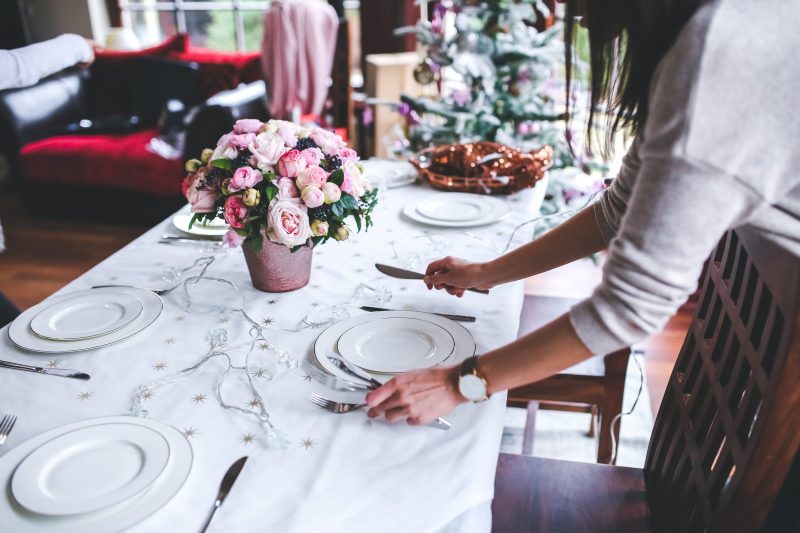Hints and tips for a more pleasing portrait picture
From a corporate headshot for a company website, to a candid image showing the subject in action, high quality images of people are staple of commercial photography. At Ikon, we know just how to capture the very essence of a subject allowing us to capture exactly the right image for our clients. If you’d like to improve your own portrait shoots, we present a few ideas which might help lift your photography, allowing you to take more engaging pictures.
Keeping it real
One of the most important aspects of taking a portrait shot is the human aspect of the photograph. All the skill of a photographer’s craft can’t compensate for a subject with a forced expression who feels awkward and as a result looks unnatural. Most people are adept at picking up on these non-verbal cues and if the person in the picture looks like they’re faking that smile, the whole picture can radiate that falseness.
Poses are just as important and a natural pose creates a much more attractive image than when the subject is self-consciously trying to ‘appear’ natural. Additionally, the whole feel of a photo can be changed by eye contact alone. Having the subject look off to the side of the shot rather than directly at the camera hints at the unseen as the cause of whatever emotion the subject is portraying. Alternatively, looking at something within the shot adds that as a point of interest creating context which can be useful as part of using the image to tell a story.
A skilful photographer, who can put their subjects at ease, make them relaxed and comfortable will usually be rewarded with much better looking photo’s.
Setting the scene
Depending on the type of portrait you’re taking, you may choose to have an entirely white or plain coloured background, alternatively, you might want a more natural setting. In either case, it’s important to make sure that the eye is drawn to the subject, not the background. A great portrait needn’t be in a studio setting, taking pictures of the subject in their own environment, engaged in their usual activities can be particularly pleasing and extremely natural looking. Making use of depth of field allows the setting to blur into the background keeping the focus on the subject.
Getting the light right
Lighting is a crucial aspect to any photograph. For portraits, different lighting techniques can significantly change the mood of the picture. If light is directed towards the subject from one side of the face, then the other side will be in shadow. A reflector can be used on the opposite side of the face to the light source, to bounce light back and fill in the shadows, resulting in a more evenly lit face. You could also go to the opposite extreme and use lighting to exaggerate the shadows to the point of almost losing one side of the face to darkness.
It’s said that eyes are the windows of the soul and capturing eyes well in a photograph can draw one into the image. Eyes are glistening reflective surfaces full of colour and shine, if you can catch the light that makes them sparkle, or place the light to make them sparkle, you’ll be rewarded with interesting, engaging pictures.
Choose the right lense
While a wide range of lenses may be suitable for taking a pleasing portrait, a solid choice for portraiture is an 85mm lense. These lenses allow for sharply portraits, but soft backgrounds keeping the focus of the photo on the subject. They also allow the photographer to take close ups while keeping a comfortable distance from the subject so they don’t feel too crowded.
You might also consider a 50mm which is also a good choice for portraits. The focal distance is shorter than an 85mm lense so getting closer to the subject might be necessary, however this ability to focus closer to the subject can be useful when space is confined. Differences in depth of field allow a little more background detail to be captured while still focusing on the subject.
Adjust your angle
A standard portrait picture would be taken from around the eye level of the subject but slightly off centre. If you’re looking to create a little more interest in the photo, you could try a number of different angles from which to capture an image. Sometimes it’s the most unusual angles that produce the most interesting pictures.
We hope you’ve been inspired to think again about your portrait photography and would be interested to hear how you got along or have any ideas you’d like to add.



